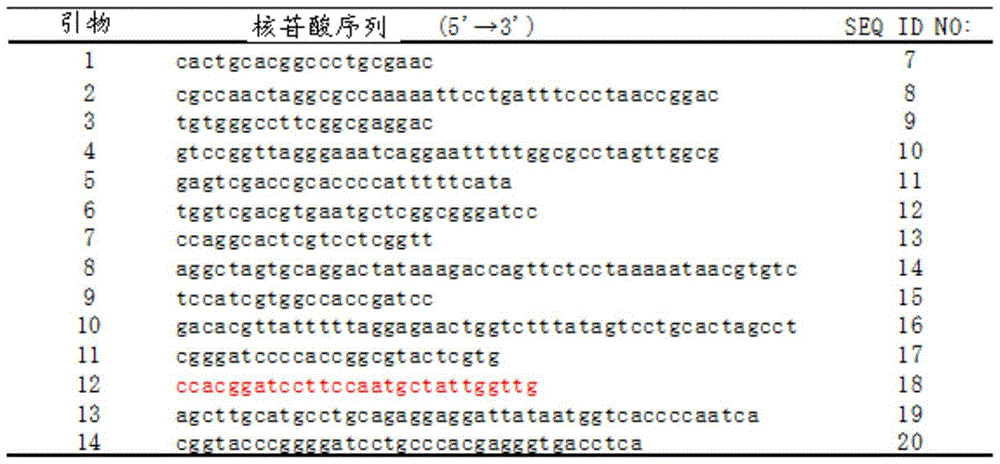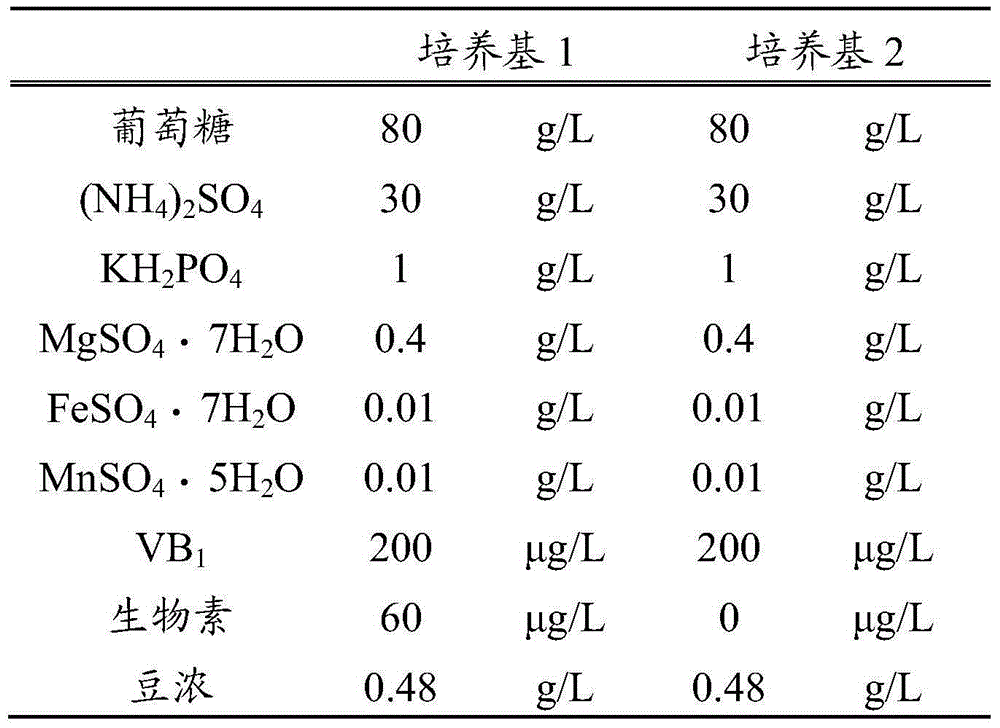Method for manufacturing L-amino acid
An amino acid and serine technology, applied in the direction of microorganism-based methods, biochemical equipment and methods, microorganisms, etc., can solve problems such as unknown activity associations
- Summary
- Abstract
- Description
- Claims
- Application Information
AI Technical Summary
Problems solved by technology
Method used
Image
Examples
Embodiment 1
[0303] Example 1: Glu production culture using a pitA-enhanced strain
[0304] In this example, Glu production was performed using a Glu-producing strain of Corynebacterium glutamicum in which expression of the pitA gene was enhanced, and the effect of enhanced expression of the pitA gene on Glu production was evaluated.
[0305] The strains used are described below.
[0306] Corynebacterium glutamicum 2256ΔldhAΔsucA yggB * / pVK9
[0307] Corynebacterium glutamicum 2256ΔldhAΔsucA yggB * / pVK9-Plac-pitA
[0308] (1) Strain construction method
[0309] Using Corynebacterium glutamicum 2256 strain (ATCC 13869) as a parent strain, 2256ΔldhAΔsucA yggB was constructed by the following method * strains served as model Glu-producing strains. The primers used are shown in Table 1.
[0310] Table 1
[0311]
[0312] First, using the chromosomal DNA of the 2256 strain as a template, a pair of primers 1 and 2, and a pair of primers 3 and 4 were used to amplify the DNA fragment ...
Embodiment 2
[0327] Example 2: Glu production culture using pitA mutant strain
[0328] In this example, Glu production was performed using a Glu-producing strain of Corynebacterium glutamicum in which a mutation was introduced into the pitA gene, and the effect of the mutation of the pitA gene on Glu production was evaluated.
[0329] The strains used are described below.
[0330] Corynebacterium glutamicum 2256ΔldhAΔsucA yggB *
[0331] Corynebacterium glutamicum 2256ΔldhAΔsucA yggB * pit Amut
[0332] (1) Strain construction method
[0333] The model Glu production strain constructed in Example 1, that is, Corynebacterium glutamicum 2256ΔldhAΔsucA yggB * As a parent strain, construct 2256ΔldhAΔsucA yggB with a mutation introduced into the pitA gene * pitAmut strain. The primers used are shown in Table 4.
[0334] Table 4
[0335]
[0336] The plasmid pBS4S-pitAmut for introducing the itA mutation was constructed by the following method. Using the chromosomal DNA of the Glu-...
PUM
 Login to View More
Login to View More Abstract
Description
Claims
Application Information
 Login to View More
Login to View More - R&D
- Intellectual Property
- Life Sciences
- Materials
- Tech Scout
- Unparalleled Data Quality
- Higher Quality Content
- 60% Fewer Hallucinations
Browse by: Latest US Patents, China's latest patents, Technical Efficacy Thesaurus, Application Domain, Technology Topic, Popular Technical Reports.
© 2025 PatSnap. All rights reserved.Legal|Privacy policy|Modern Slavery Act Transparency Statement|Sitemap|About US| Contact US: help@patsnap.com



